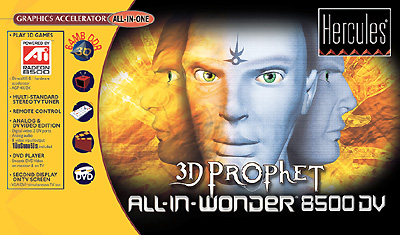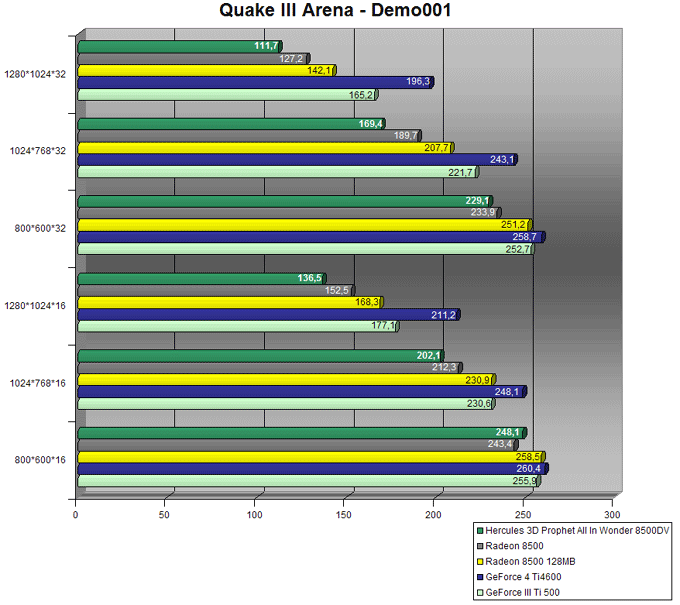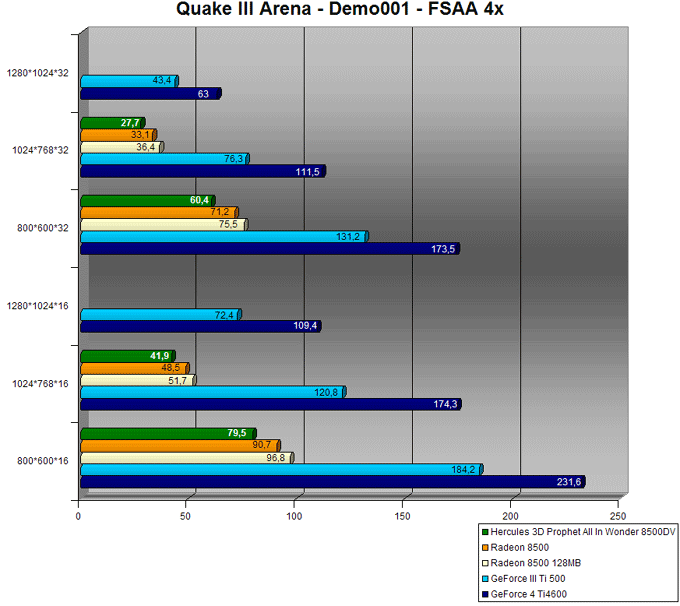
 |

|
| ActiveWin: Reviews | Active Network | New Reviews | Old Reviews | Interviews |Mailing List | Forums |
|
|
|
|
|
DirectX |
|
ActiveMac |
|
Downloads |
|
Forums |
|
Interviews |
|
News |
|
MS Games & Hardware |
|
Reviews |
|
Support Center |
|
Windows 2000 |
|
Windows Me |
|
Windows Server 2003 |
|
Windows Vista |
|
Windows XP |
|
|
|
|
|
|
|
News Centers |
|
Windows/Microsoft |
|
DVD |
|
Apple/Mac |
|
Xbox |
|
News Search |
|
|
|
|
|
|
|
ActiveXBox |
|
Xbox News |
|
Box Shots |
|
Inside The Xbox |
|
Released Titles |
|
Announced Titles |
|
Screenshots/Videos |
|
History Of The Xbox |
|
Links |
|
Forum |
|
FAQ |
|
|
|
|
|
|
|
Windows XP |
|
Introduction |
|
System Requirements |
|
Home Features |
|
Pro Features |
|
Upgrade Checklists |
|
History |
|
FAQ |
|
Links |
|
TopTechTips |
|
|
|
|
|
|
|
FAQ's |
|
Windows Vista |
|
Windows 98/98 SE |
|
Windows 2000 |
|
Windows Me |
|
Windows Server 2002 |
|
Windows "Whistler" XP |
|
Windows CE |
|
Internet Explorer 6 |
|
Internet Explorer 5 |
|
Xbox |
|
Xbox 360 |
|
DirectX |
|
DVD's |
|
|
|
|
|
|
|
TopTechTips |
|
Registry Tips |
|
Windows 95/98 |
|
Windows 2000 |
|
Internet Explorer 5 |
|
Program Tips |
|
Easter Eggs |
|
Hardware |
|
DVD |
|
|
|
|
|
|
|
ActiveDVD |
|
DVD News |
|
DVD Forum |
|
Glossary |
|
Tips |
|
Articles |
|
Reviews |
|
News Archive |
|
Links |
|
Drivers |
|
|
|
|
|
|
|
Latest Reviews |
|
Xbox/Games |
|
Fallout 3 |
|
|
|
Applications |
|
Windows Server 2008 R2 |
|
Windows 7 |
|
|
|
Hardware |
|
iPod Touch 32GB |
|
|
|
|
|
|
|
Latest Interviews |
|
Steve Ballmer |
|
Jim Allchin |
|
|
|
|
|
|
|
Site News/Info |
|
About This Site |
|
Affiliates |
|
Contact Us |
|
Default Home Page |
|
Link To Us |
|
Links |
|
News Archive |
|
Site Search |
|
Awards |
|
|
|
|
|
|
|
Credits |

|
Product: 3D Prophet All In Wonder 8500DV |
Open GL Benchmarks
| Table Of Contents |
| 1:
Introduction 2: Radeon 8500 Architecture 3: Accessories 4: Software 5: Direct 3D Benchmarks 6: OpenGL Benchmarks 7: Conclusion |
Now is a great classic: the Quake III Arena benchmark. Quake III is a famous OpenGL game that intensively uses the GPU as well as the CPU of the computer.
|
|
| In this first Quake III test, the Hercules 3D Prophet All In Wonder 8500 DV gives the slowest result but it remains totally acceptable. In 1024*768*16, the GeForce 3 Ti 500 is 15% faster than the Hercules 3D Prophet All In Wonder 8500 DV. In 1280*1024*32, the ATI Radeon 8500 128MB is 30% faster than the 3D Prophet All In Wonder 8500 DV, while the ATI Radeon 8500LE is 14% faster than the 3D Prophet. Of Course the GeForce 4 Ti 4600 leads the race. |
|
|
| When enabling the 2x full screen anti aliasing mode, we notice a big difference between the various graphics cards we have tested. The 3D Prophet All In Wonder 8500 DV gives the slowest results, while the GeForce 4 Ti 4600 remains the king of the hill.In 1024*768*16 the GeForce III Ti 500 is 80% faster than the All In Wonder 8500 DV. In 1280*1024*32, the ATI Radeon 8500 128MB is 30% faster than the 3D Prophet All In Wonder 8500 DV and 12% faster than the ATI Radeon 8500LE. |
|
|
| Just like in FSAA 2x, with FSAA 4x enabled, the Hercules 3D Prophet All In Wonder 8500 DV can't render scenes in high resolutions: 1280*1024*16 or 1280*1024*32. In 1024*768*32, the ATI Radeon 8500 LE is 20% faster than the Hercules 3D Prophet All In Wonder 8500 DV. Still in 1024*768*32, the Radeon 8500 128MB is 32% faster than the All In Wonder 8500 DV and 10% faster than the ATI Radeon 8500 LE. Obviously both NVIDIA GeForce III Ti 500 & GeForce 4 Ti 4600 graphics cards lead the race. |



